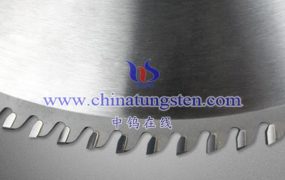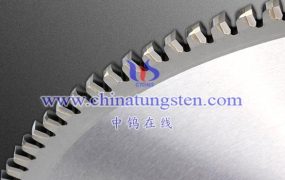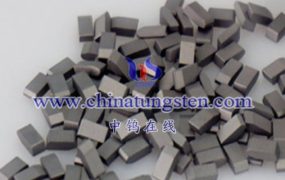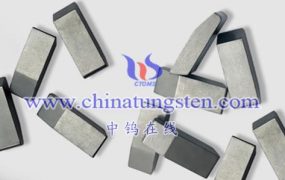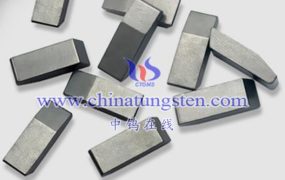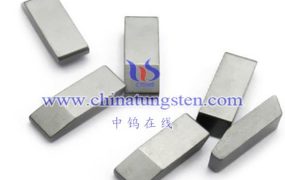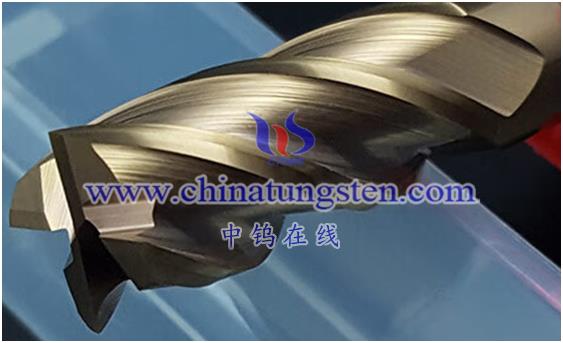
The relationship between the wear resistance of cemented carbide and its crystal structure is mainly reflected in the following aspects:
1. The composition and structure of the hard phase and bonding phase: The wear resistance of cemented carbide is affected by the composition and structure of the hard phase and bonding phase. Generally speaking, when the hard phase content is high and the grains are fine, the alloy has high hardness and good wear resistance. At the same time, the composition and structure of the bonding phase also have an important impact on the wear resistance of cemented carbide. The bonding metal has good wettability with the hard phase, and the performance of the bonded cemented carbide is usually higher than that of some other bonding metals (such as Ni, Fe), so the wear resistance is also better.
2. Grain size and distribution: The grain size and distribution of cemented carbide have an important impact on its wear resistance. Generally speaking, the finer the grains, the higher the hardness of the alloy and the better its wear resistance. At the same time, the grain distribution of different cemented carbide will also affect its wear resistance.
3. Carbide type and content: The type and content of carbides in cemented carbide affect its wear resistance. When the content of titanium carbide or tantalum carbide is high, the red hardness of the alloy increases, the crater wear resistance is enhanced, and the cutting performance of the carbide blade is better.
In summary, the wear resistance of cemented carbide is closely related to its crystal structure. The wear resistance of cemented carbide can be optimized by adjusting parameters such as the composition and structure of the hard phase and bonding phase, grain size and distribution, and carbide type and content.
More details of tungsten carbide product, please visit website: http://tungsten-carbide.com.cn/
Please contact CHINATUNGSTEN for inquiry and order of tungsten carbide:
Email: sales@chinatungsten.com
Tel.: 86 592 5129595
